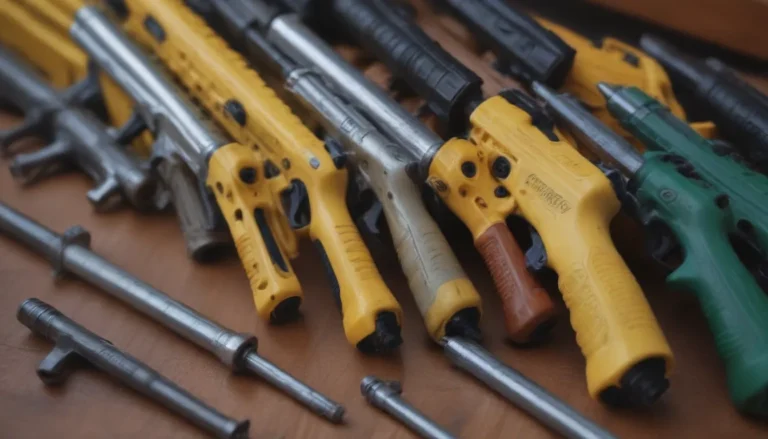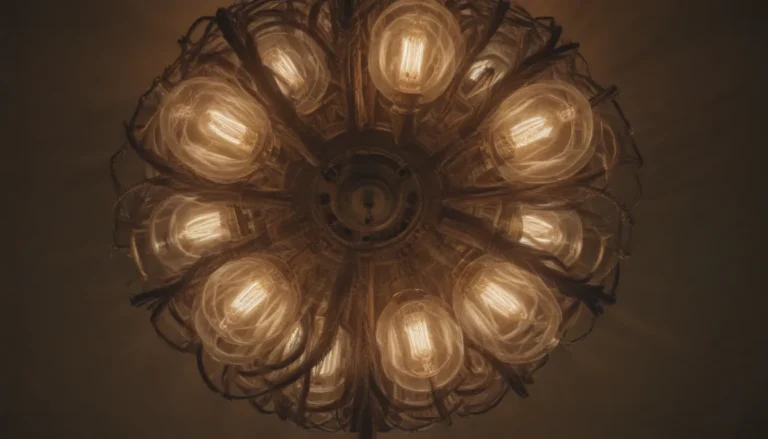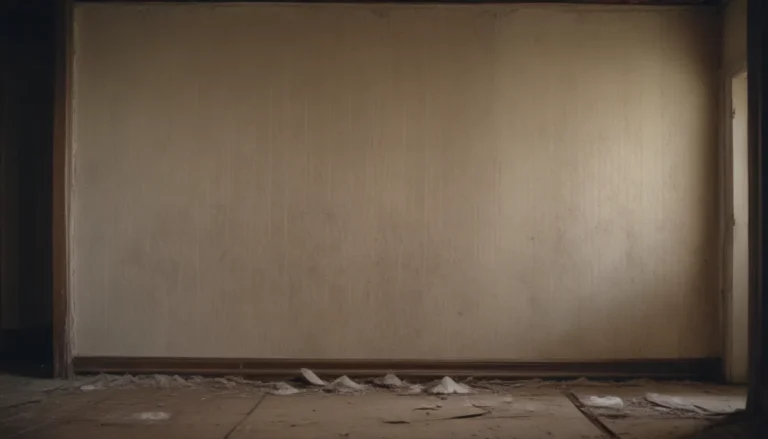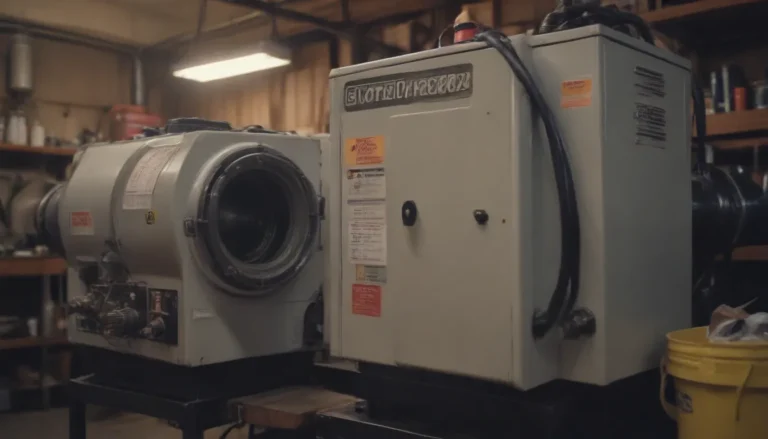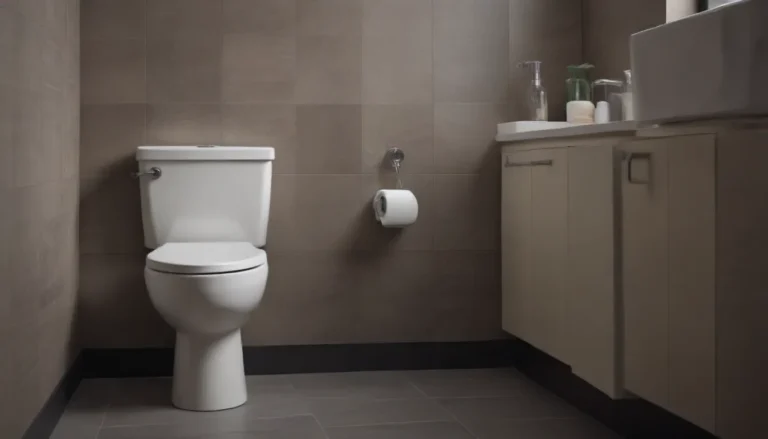Guide to Selecting the Right Wire Nuts for Electrical Connections
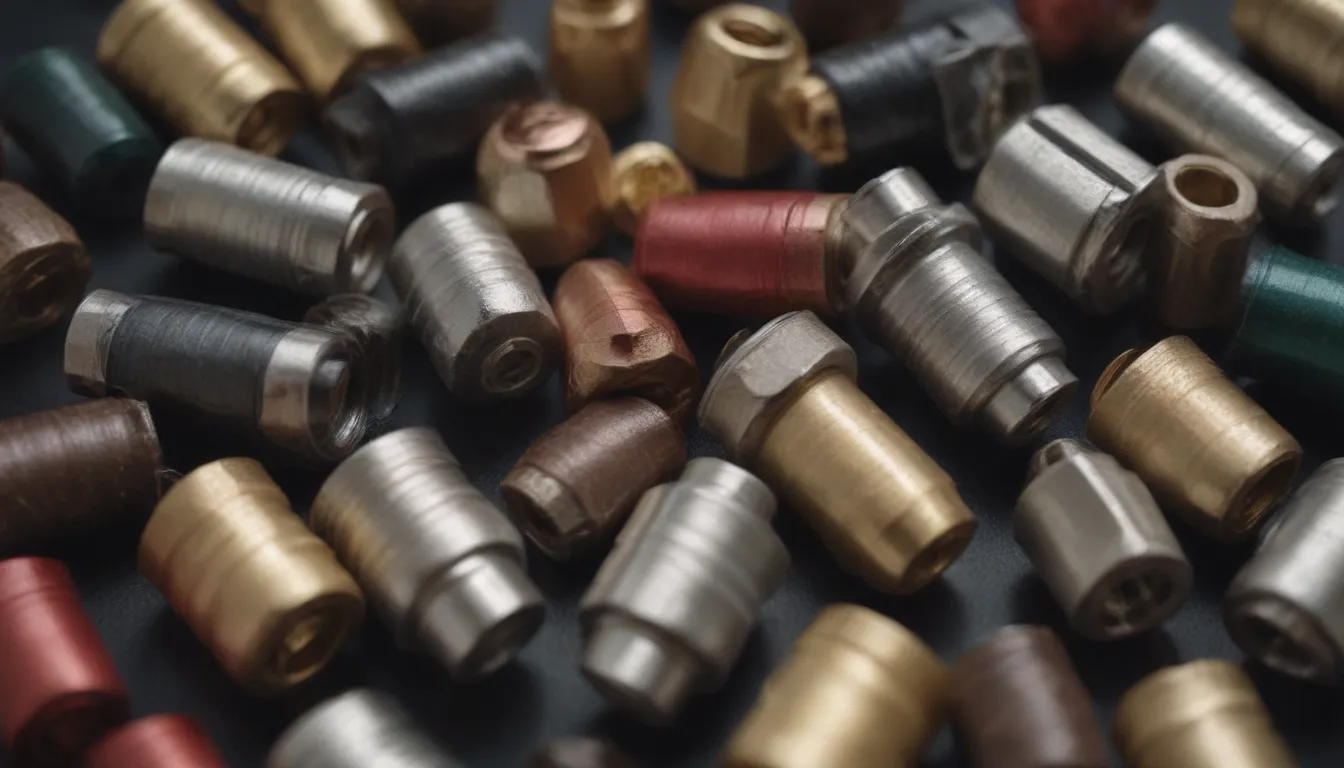
If you’re embarking on any electrical wiring project in your home, chances are you’ll need wire connectors to make various circuit wire connections for light fixtures, outlet receptacles, switches, and other devices. Among the most popular types of wire connectors are wire nuts, which are small round plastic caps that twist over the bare ends of wires to create tight connections. These connections are not only secure but also reversible – you can easily unscrew them in the future if needed.
The Benefits of Wire Connectors
If you come across wires joined with electrical tape or twisted together and wrapped with tape, it’s essential to replace the tape with wire nuts. Using tape in place of wire nuts is not secure enough and may lead to potential damage. While some individuals like to use wire nuts in conjunction with tape, it is not a recommended practice by wire nut manufacturers. Additionally, there are push-fit-type wire connectors available that offer secure connections and easy usability, albeit at a higher cost compared to wire nuts.
Understanding How Wire Nuts Work
Standard wire nuts typically have a conical shape with ridges or side wings for easy gripping. Inside the plastic cone is a square-cut spring that provides tension on the wires to hold them securely. As you twist the wire connector, the spring tightens around the wires. Variations of the classic twist-type wire nuts include push-in wire connectors, waterproof wire connectors, and butt-splice connectors for specific wiring needs.
Proper Usage of Wire Nuts
While techniques may vary by product, the standard procedure for using wire nuts involves following the manufacturer’s instructions. Some electricians prefer to twist the wires with lineman pliers in a clockwise direction before attaching the wire connector for added security. However, it’s crucial to adhere to the manufacturer’s guidelines, which may not always include pre-twisting the wires.
Tips for Using Wire Nuts:
- Follow manufacturer’s instructions for best results
- Twist wires with lineman pliers for added security, if desired
- Ensure proper sizing and color coding for effective connections
Selecting the Right Size and Color
Wire connectors are available in various sizes and colors, with each color indicating the size, quantity, and type of wires the nut can accommodate. Using the wrong size nut can lead to a weak connection, which poses a safety hazard as loose wires can cause fires. Each pack of wire nuts includes a chart specifying the appropriate color nut for the wires you’re connecting. It’s important to check this chart to ensure a proper match.
For example, a gray wire nut from a specific manufacturer may be suitable for connecting a minimum of two 22-gauge stranded wires up to a maximum of two 16-gauge solid wires. The next size up, such as a blue nut, may accommodate two 22-gauge solid wires up to three 16-gauge solid wires. Be mindful of the sizing chart to ensure you’re using the correct color for your specific wiring needs, as colors may vary between manufacturers.
In conclusion, choosing the right wire nuts for your electrical connections is crucial for ensuring safe and secure wiring in your home. By understanding how wire nuts work, following proper usage guidelines, and selecting the appropriate size and color, you can confidently tackle your electrical projects with ease and peace of mind. Remember to always refer to the manufacturer’s instructions and sizing charts for optimal results.
